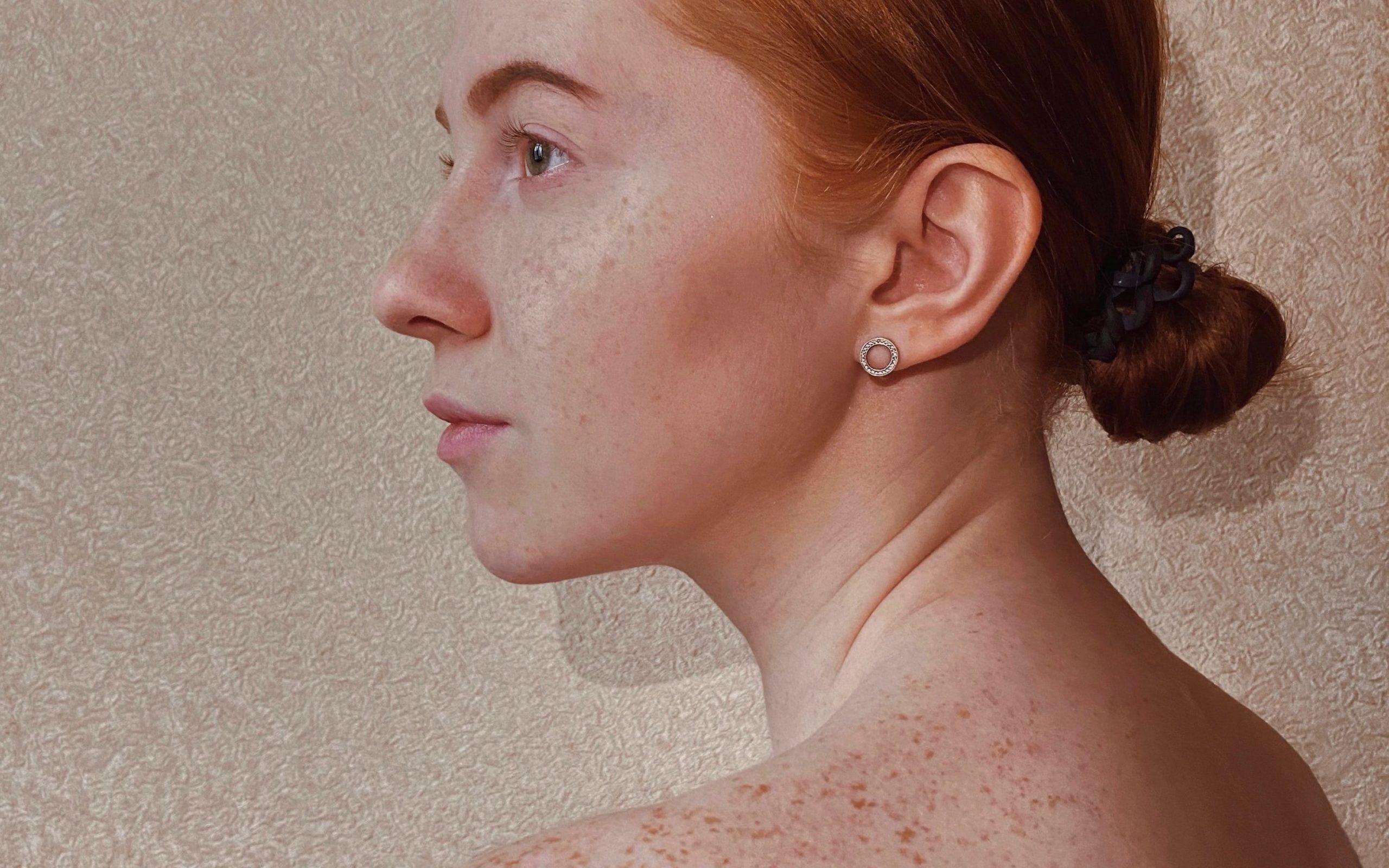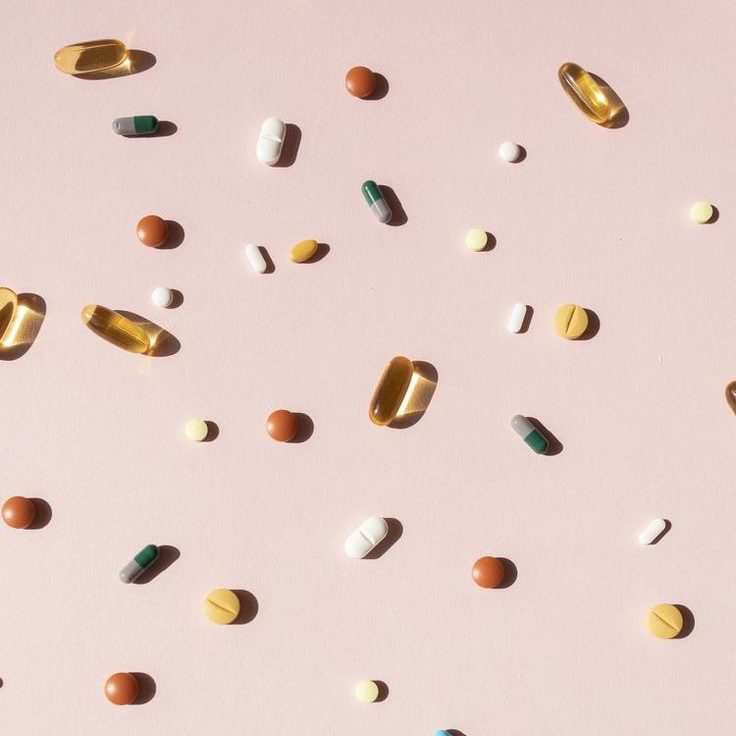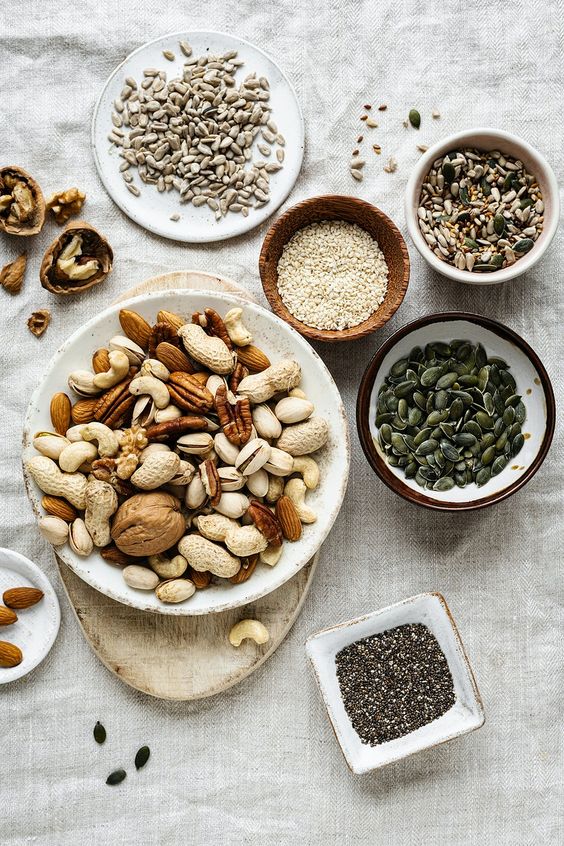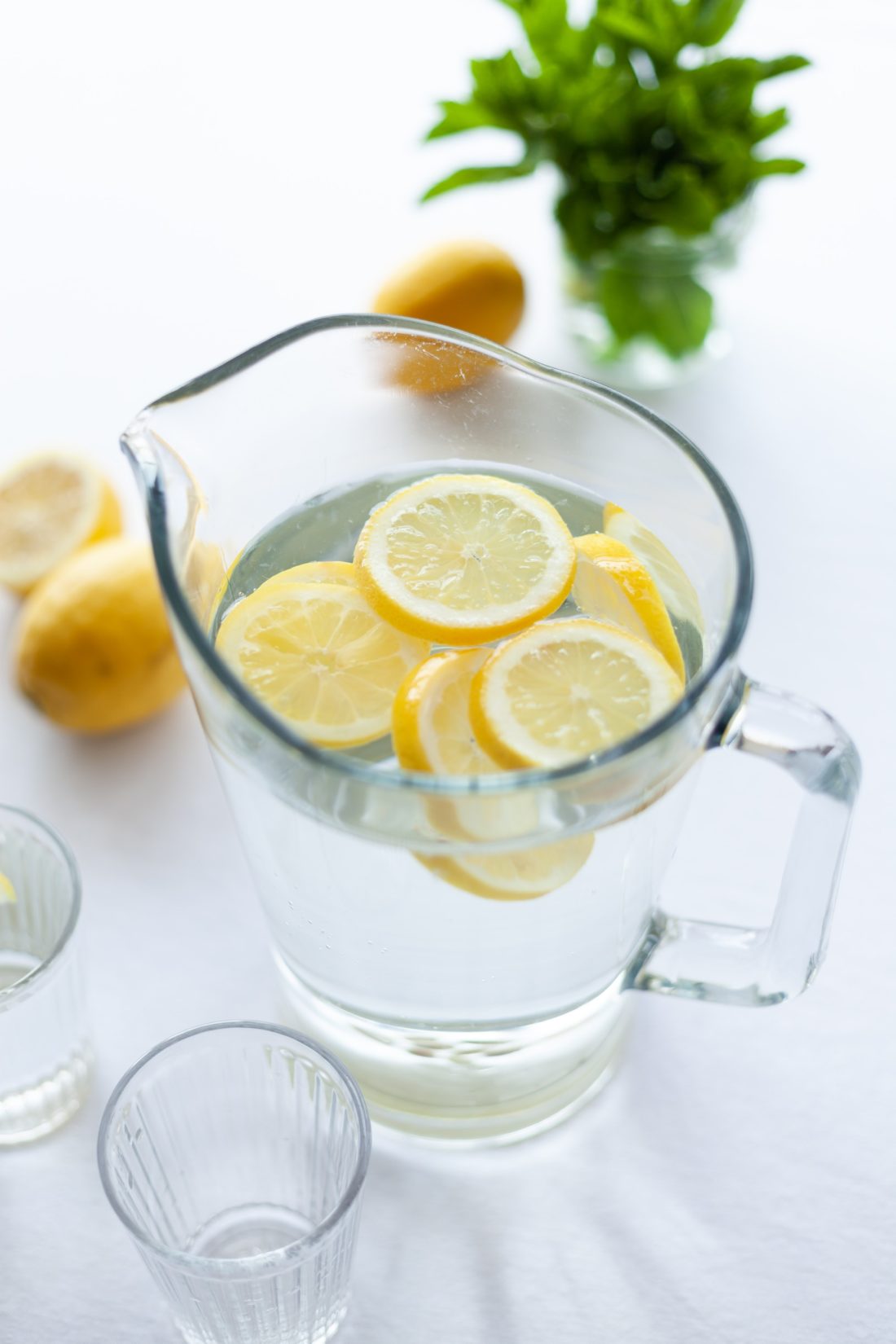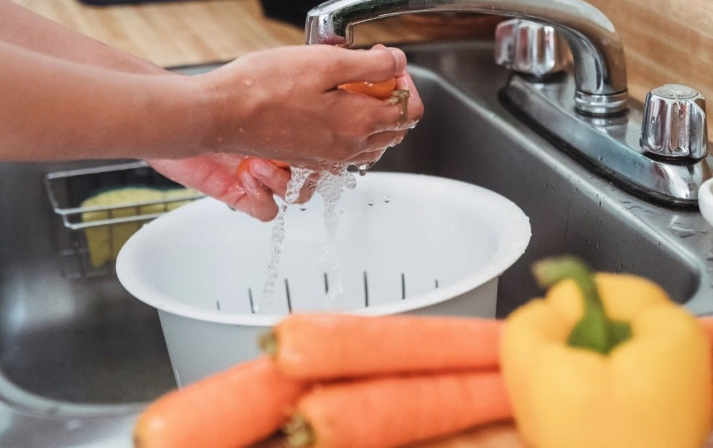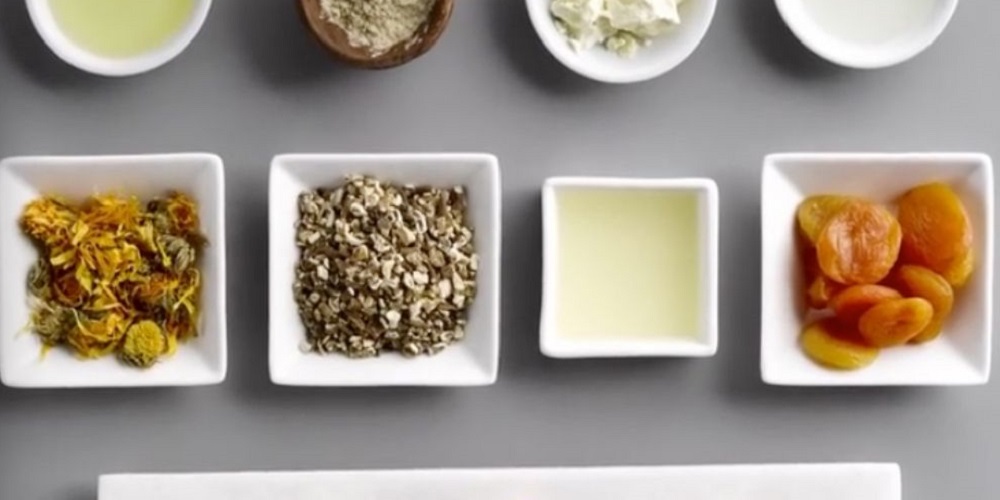What is the key to glowing radiant skin from within? How do I get healthy hair skin and nails? If these are the kinds of questions you’re asking yourself on the daily… read on.
We all analyse the products we put on our skin, but should we be looking a little deeper and asking ourselves, “Am I giving my skin cells the right tools to flourish from within?“
The skin is the largest organ in the human body and does a lot more than just making us look presentable to the outside world; it acts as our insulating shield. Protecting us from;
- The elements
- Extreme temperatures
- Toxins
- Harmful chemicals
Our skin acts as a sensor and a protector to the outside world as well as performs many other wonderful functions such as manufacturing the all-important Vitamin D and the production of certain hormones.
Let’s look at our layers
We as humans have many layers (not just emotional layers) but, so does the skin! Our outer layer which we show to the world is known as our Epidermis.
The Epidermis layer contains the tough proteins known as Keratin, which I’m sure you’ve heard of. (It is also found in our hair and nails.)
Did you know it takes approximately five weeks for these cells to make their way to the surface and die off? By giving your body the right nutrients for new cells to flourish, the results (healthier-looking skin) will become evident in just over a month. Fairly quick if you ask me!
The deeper layer which we often only let a few people see is where that inner strength comes from; our ability to move and adapt. In our skin, this is known as the Dermis layer and is full of collagen and elastin providing elasticity and strength for us to take on the world.
To optimise this layer, we need movement and optimal circulation. This layer we really want to nourish during these winter months as it also helps us regulate our body temperature.
The Subcutis layer is the deepest layer of skin, beneath the Dermis. This layer provides that insulation layer to the body helping us to stay warm in the winter months and cushioning those vital organs. This layer is also a reserve or backup for when the body does not have enough fuel aka energy.
This layer is full of collagen, blood vessels, fat cells and nerves and is particularly important for producing hormones and regulating our body temperature.
So how do we do this? Is it called beauty sleep for a reason?
Our skin protects us from the elements during the day, from constant attackers. Then, night mode hits and our skin switches into recovery mode where it regenerates. New skin cell production, repair and detoxification happens during those deep sleeping hours. So, a good deep sleep should be at the top of the list for anyone’s skincare routine.
There are a few magic hormones that go into full swing during this deep sleep period, such as human growth hormone which is produced by the pituitary gland and stimulates cell regeneration. The other magic hormone, melatonin, also starts to rise before we go to bed. This little hormone not only makes us feel sleepy, but it also plays a role in counteracting some of the damage caused to the skin during the day.
Surely there is a magic pill I can take to support new skin cell growth?
Well, I’m not going to say there’s a magic pill, but there is some evidence that points in a positive direction to help support the repair and increase microcirculation and to give a little vitality boost to that outer skin layer. I’ve picked out a couple of standout antioxidants.
Let’s look at good old grape seed, otherwise known as Vitis Vinifera. This is a powerful herb showing it has the ability to repair damaged skin. No wonder the Egyptians and Greeks used it 6000 years ago, praising it for its healing
powers (this could have been in the form of
wine but still) The healing powers of Vitis Vinifera are not just for the Greek goddesses out there. Scientists have found this powerful compound known as oligomeric proanthocyanidins is a superhero in the antioxidant world.
Gotcha Koalo? Not quite, it’s Gotu Kola. Another herb that came out on top when doing our homework. Ayurvedic medicine recognises Gotu Kola’s powers to calm inflamed skin and now studies published in the journal “Aesthetic Plastic Surgery and Phytomedicine” confirm that the plant (also known as Centella asiatica) has anti-inflammatory benefits and may even stimulate the production of collagen, the protein fibres in the skin that give strength and elasticity. (1)
Let’s not forget about the gut! Another key to getting that glowing skin!
Your skin needs vitamins and minerals to thrive as well as optimal hydration. However, the bacteria in your gut also play a crucial role in the health of your skin. When this gets out of balance, skin conditions may occur – Ensuring your gut health is in balance at all times, is key.
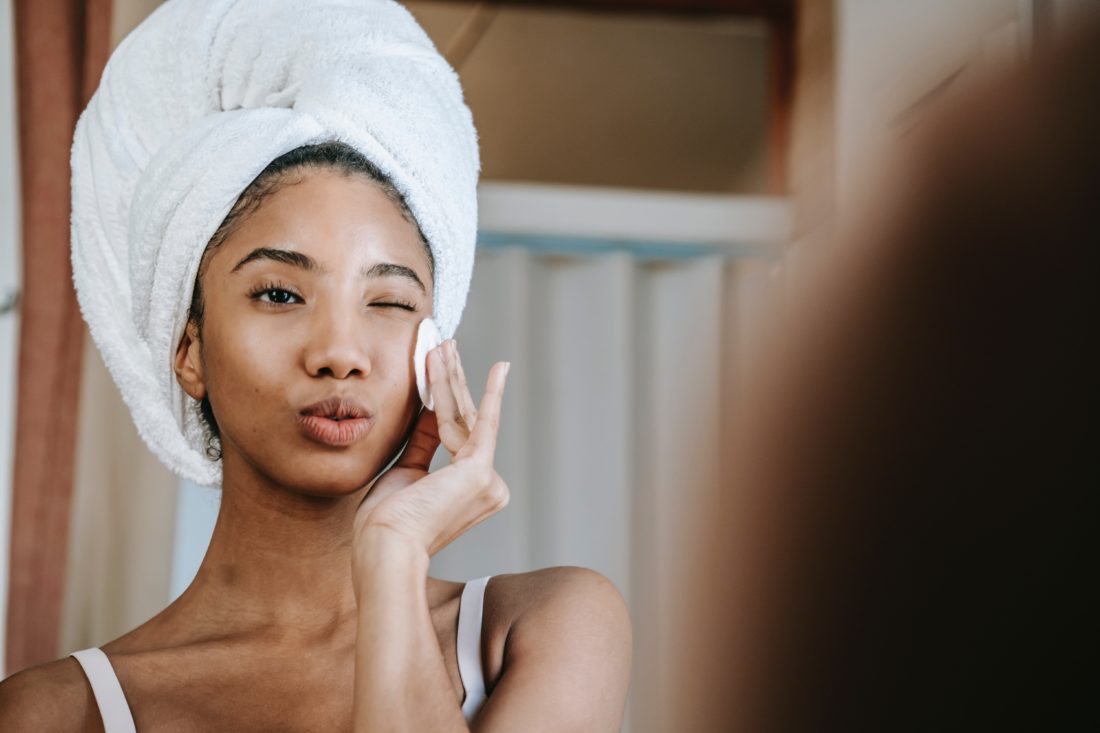
What to eat for healthy Skin, hair and nails
Did someone say fish?
Well, this may not be the first thing that comes to mind when we are thinking about our glowing complexion. Often fish oil is associated with being beneficial for the heart and brain. However, there are many studies indicating that Omega 3 fatty acids support a healthy inflammatory response throughout the body including our largest organ, the skin (3). Fish oil has also been shown to support skin’s healing process, skin barrier function and hydration. When we have adequate omega 3 it hangs out in the phospholipid bilayer and the epidermis can hold onto water longer which is ideal for soft, hydrated healthy skin (3). There has also been several studies showing the use of fish oil to support clear skin (4)
The fatty acids in omega-3 help keep those membranes healthy and strong, and building healthy cell membranes is key for keeping those harmful materials out and keeping the good stuff like water and nutrients in. Healthy membranes = healthy hydrated skin.
So what if you’re not eating enough fish or don’t each fish? You can look at supplementation. And what about vegan sources? Walnuts and flaxseeds are other good sources.
Good old H20,Don’t forget it!
Water makes up a large part of our cells and that includes our skin cells. If we get dehydrated our skin loses elasticity and becomes dry and loses its shape which increases our chances of being more prone to those fine lines and wrinkles. 8-10 glasses of water a day is suggested (don’t worry you can include herbal teas in your count! I do). Try getting yourself a nice water bottle to make drinking water that much more enjoyable.
Get the goodies from your food!
The best way to get all the vitamins and minerals our bodies need is through the food we fuel our bodies with, although sometimes getting the recommended daily amount might seem like a stretch. There are many vitamins and minerals that our bodies need to support skin cells structure such as Vitamin A or Retinyl Palmitate.
CREATE A DIET RICH IN ANTIOXIDANTS FOR AN OVERALL GLOW!
Vitamin A is an important vitamin not to be overlooked when it comes to skin health as it plays a huge role in cell differentiation or normal cell reproduction.
Vitamin A has two families – retinoids and carotenoids. Retinol is a form of vitamin A which dissolves in fat as it enters the body. It then gets converted to retinal and retinoic acid where it performs its function. When taken orally this may improve collagen production in the skin and skin cell growth in the epidermis and differentiation (8).
Carotenoids are found in the highest concentrations in the epidermis layer which could be because it is fat-soluble.
So what foods contain this beauty vitamin?
A diet rich in antioxidants including carotenoids could be part of the preventative strategy against skin ageing as it is a powerful antioxidant and therefore plays an essential role in neutralizing some of these free radicals we are exposed to daily. Foods rich in carotenoids include those that are full of colours – yellow, orange, red and green. Some wonderful sources include tomatoes, carrots, kale, yams, spinach, oranges, mangoes and capsicum.
HOT TIPS FROM MEL
- Getting sufficient sleep – create your little oasis and set regular bedtimes. Get rid of those blue light devices that can inhibit our bodies natural production of melotonin and set your head on a nice pillow.
- Make small changes to your diet to include good fats and omega 3’s, vitamin C and antioxidant rich foods will also help boost that collagen and elastin.
- Look at what you’re applying to your skin and when? Avoiding the nasties.
For educational purposes only. Not intended to diagnose, treat, cure or prevent any disease. Modere cannot answer any questions regarding any diseases or specific medical conditions. If you have questions regarding a medical condition, please contact your medical provider. Our answers to your questions or any other information presented are for discussion and educational purposes only and should not be misunderstood as medical advice.
References
1. Gotu kola. (2004). Natural Health, 34(3), 28.
2. Pulok K. Mukherjee, Niladri Maity, Neelesh K. Nema, Birendra K. Sarkar,
Bioactive compounds from natural resources against skin aging, Phytomedicine, Volume 19, Issue 1, 2011,Pages 64-73,ISSN 0944- 7113,https://doi.org/10.1016/j.phymed.2011.10.003. (https://www.sciencedirect.com/science/article/pii/S0944711311005022)
3. Huang TH, Wang PW, Yang SC, et al. Marine Drugs. 2018;16(8):256.
4. 4. Jung JY, Kwon HH, Hong JS, et al. Acta Dermato-Venereolgica. 2014;94:521-525.
5. Black HS, Rhodes LE. Journal of Clinical Medicine. 2016;5(2):23.
6. Kiefer D, Pantuso T. Argo Food Industry Hi-Tech. 2012;23(4):10-13. 7. Mari NL, Simao A, Dichi I. Nutrire. 2017;42:5.
8.
Darvin, M. E., Sterry, W., Lademann, J., & Vergou, T. (2011). The Role of Carotenoids in Human Skin. Molecules, 16(12), 10491–10506. https://doi.org/10.3390/molecules161210491
Yan, J., Xia, Q., Webb, P., Warbritton, A. R., Wamer, W. G., Howard, P. C., Boudreau,
M., & Fu, P. P. (2006). Levels of retinyl palmitate and retinol in stratum corneum,
epidermis and dermis of SKH-1 mice. Toxicology and Industrial Health, 22(3), 103–
112. https://doi.org/10.1191/0748233706th252oa
9. Christos C. Zouboulis (2009) The skin as an endocrine organ, Dermato- Endocrinology, 1:5, 250-252, DOI: 10.4161/derm.1.5.9499

